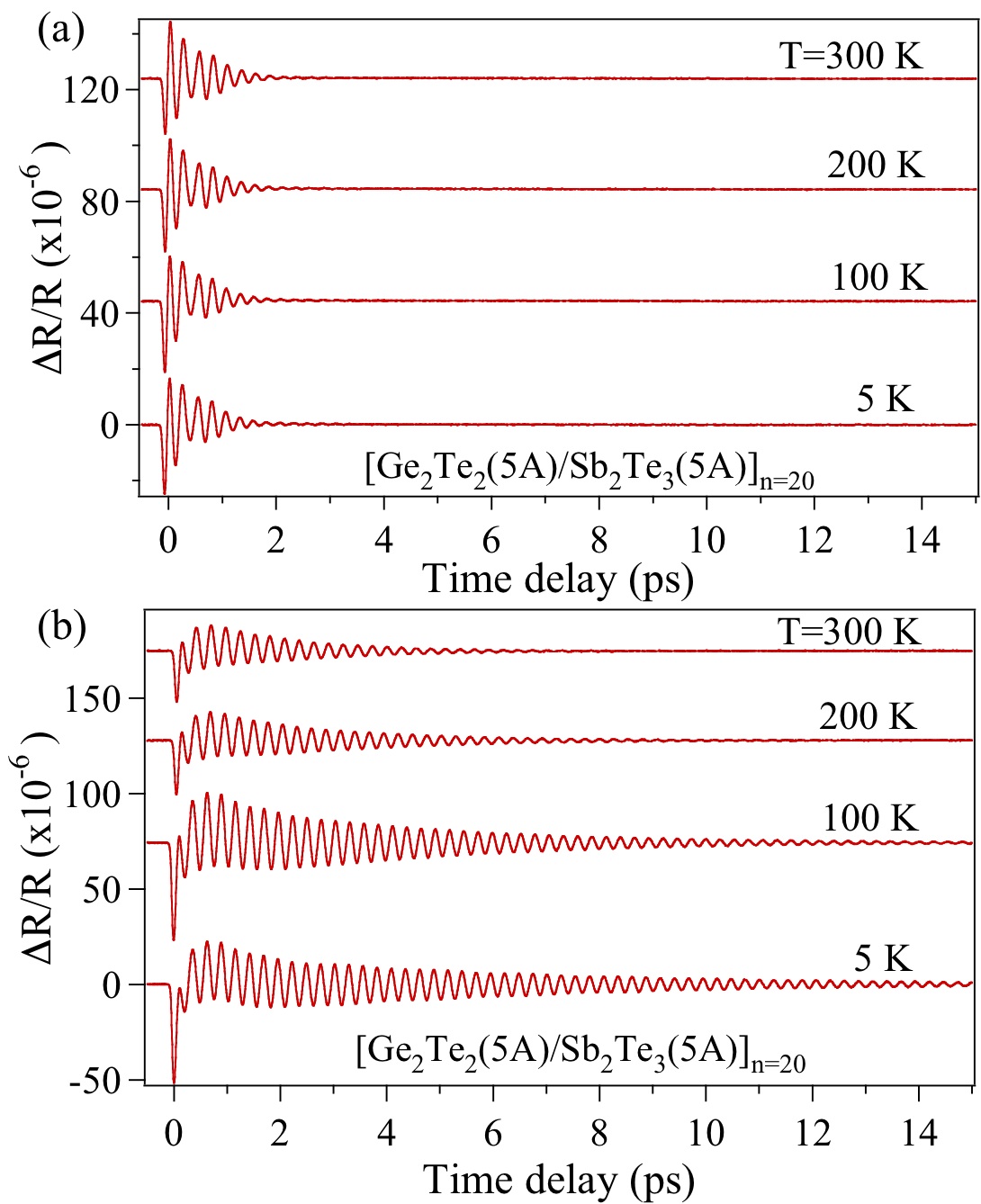| |
One of the most common materials for optical recording
media is Ge2Sb2Te5 (GST), in which
phase transition between crystalline and amorphous phases serve
rewritable recording. Recently, extensive theoretical investigation on
the mechanism of the phase change in GST have been made using molecular
dynamics simulations. In addition, experimental studies using extended
x-ray absorption fine structure (XAFS) and Raman scattering
measurements have examined dynamics of phase transition in GST,
suggesting that the structure of amorphous GST can be described as a
cross-section of a distorted rocksalt structure with vacancies and the
amorphization of GST is due to an umbrella flip of Ge atoms from an
octahedral position into a tetrahedral one.
One of the advantages of GST as the
optical recording media is its high speed switching of read-write
characteristics, whose time scale has been believed to be less than a
nanosecond. In order to understand and to control the rapid phase
change in GST, a time-resolved study of phonon dynamics in GST is
strongly demanded, however, the time-resolved study is still very few.
Moreover, a new class of semiconductor superlattices (GeTe/Sb2Te3)
with three different states have recently been proposed, which will
enable us to realize reversible transition among the three states by
means of the irradiation of laser pulses
Here, we have studied
ultrafast dynamics of coherent optical phonons in GeTe/Sb2Te3
SLs to show the damping of the coherent A1 mode is
temperature dependent in crystalline, while that in the amorphous phase
does not. These facts can be understood in terms of phonon anharmonic
decay in the crystalline phase, but phonon-defect (vacancy) scattering
in the amorphous phase. Thus the existence of disordered vacancies (or
voids) is evident in amorphous phase, while the vacancies (or voids) in
crystalline phase are highly ordered. The frequency shift of the A1
mode observed in the amorphous phase relative to the crystalline phase
is suggestive to the local structural change of GeTe4 into
GeTe6. The disordering of the vacancies plays dominant role
in the volume expansion in amorphous GST film, resulting in the
frequency red-shift relative to the GeTe/Sb2Te3
SLs. We believe that the present study has uncovered the vivid
information on the arrangement of the vacancies as well as ultrafast
dephasing dynamics of lattice vibrations in GeTe/Sb2Te3
SLs toward the application of laser induced optical switching using
this unique materials. This method can be applied to all the other
Ge-Sb-Te systems to understand fundamental lattice dynamics.
*Collaboration with Dr. J. Tominaga. |
|
 |
|
Fig.
2. FT spectra obtained from the time-domain data in Fig. 2; (a)
amorphous and (b) crystalline GeTe/Sb2Te3 SLs at
various temperatures. The solid lines are the fit to the data with
Lorentz functions. The inset in (b) represents magnified FT spectra at
5 K, in which two sharp peaks (*) and a broad peak (**) are detected.
PRB 79, 174112
(2009).
|